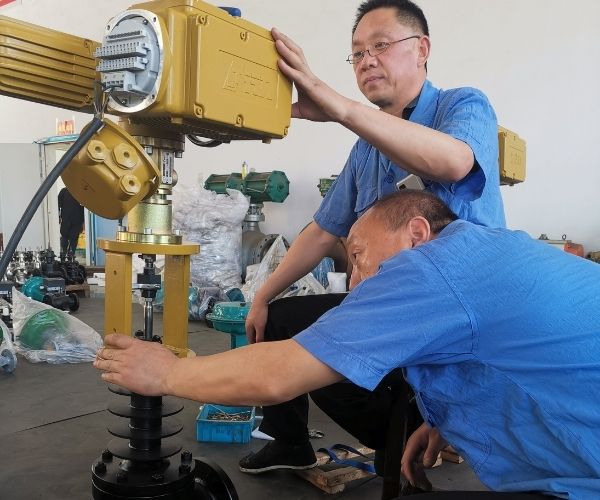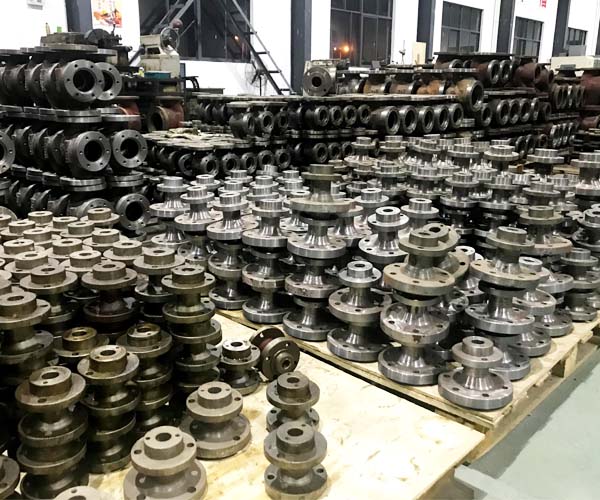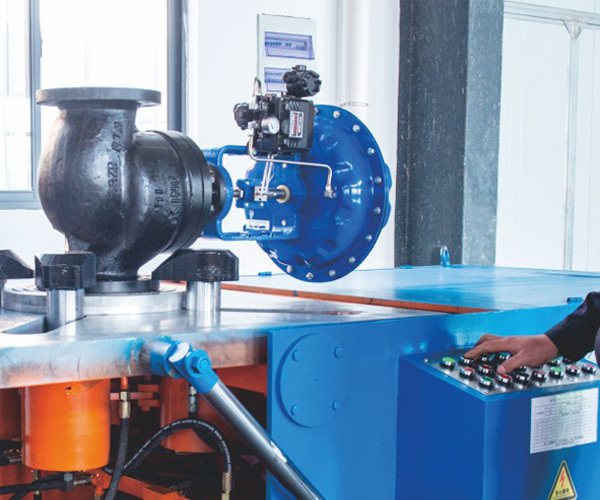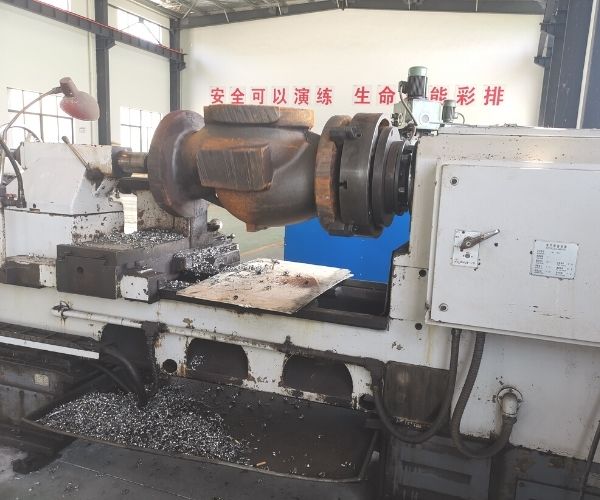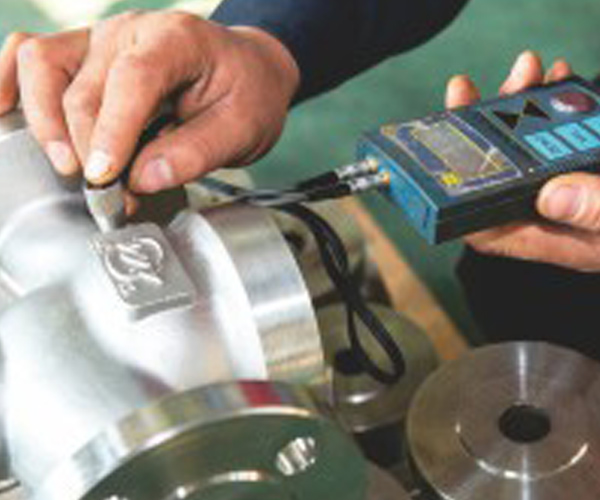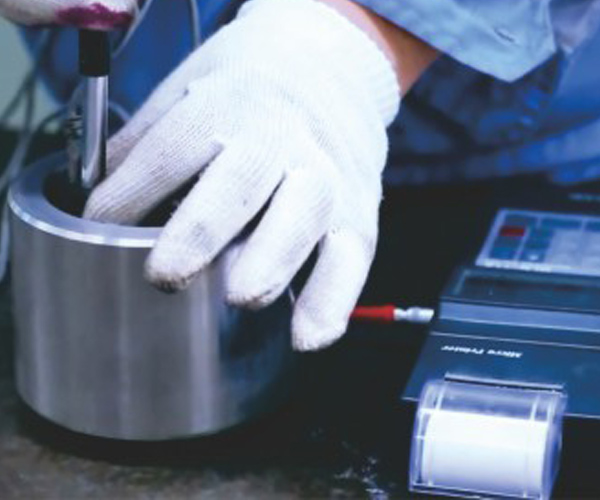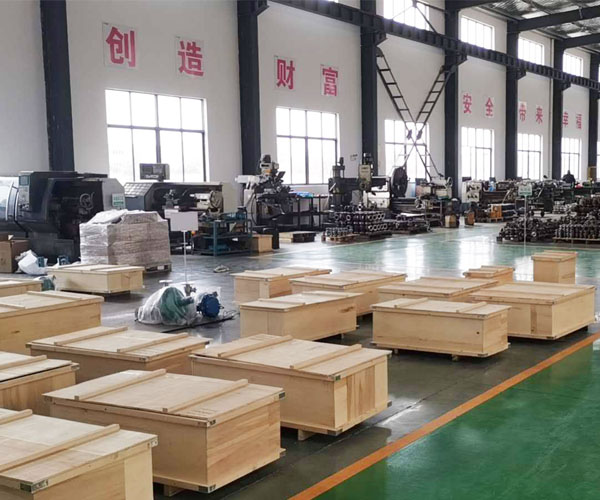Professional Pneumatic Valve Manufacturer
- Fast response time,Precise control
- Simple and compact design
- High durability and reliability
- Suitable for hazardous environments
- Cost-effective,Easy maintenance
- Can handle high flow rates
- No electric power is required for the operation
- Flexible installation options
Get in Touch with Us
BCST your Expert Pneumatic Valve Supplier
BCST pneumatic valve is a type of valve that is operated using compressed air or gas. It is a crucial component where fluid flow needs to be controlled. They are vital in regulating the flow of liquids or gases through pipelines and machinery.
BCST pneumatic valve control the flow of fluid through a system. These valves can open, close, or modulate the flow of the fluid to achieve desired process conditions. Thereby controlling pressure, temperature, and other important parameters in various industrial processes. Enabling precise control over fluid flow.
BCST your One-Stop Pneumatic Valve Solution
BCST pneumatic valves are crucial to regulate fluid flow, pressure, and parameters. They are utilized in various industries such as manufacturing, automotive, oil and gas, chemical, water treatment applications, power generation, food and beverage, aerospace, pharmaceutical, HVAC, mining, and wastewater treatment. These valves control air, gases, and liquids in various equipment and processes. Precision, reliability, and adaptability make them indispensable.
Discover BCST’s advanced pneumatic control valves designed to meet essential process control standards. Our valves boast CE, SIL2, and RoHS certifications. Reflecting their quality and reliability. With an expert team and budget-friendly options. Choose BCST as your skilled partner for valve solutions. Visit our factory today! Experience the difference firsthand. Your reliable valve solution starts with BCST.
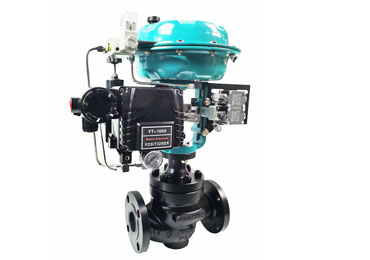
Pneumatic Control Valve
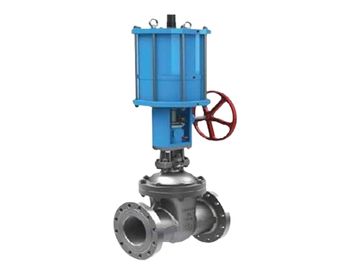
Pneumatic Gate Valve
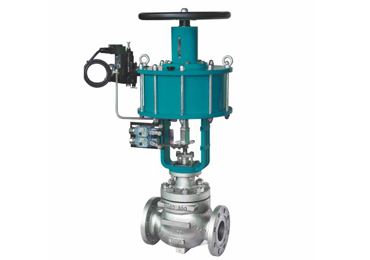
Pneumatic Globe Valve
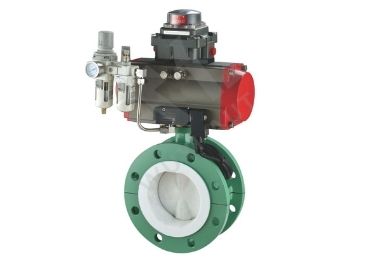
Pneumatic Butterfly Valve
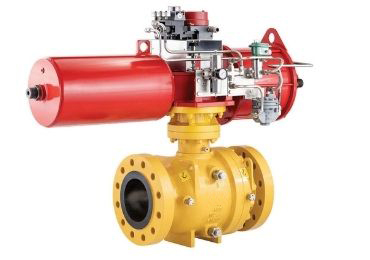
Pneumatic Shutdown Valve
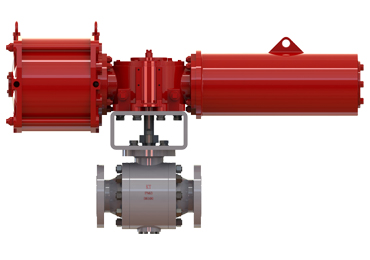
Pneumatic Ball Valve
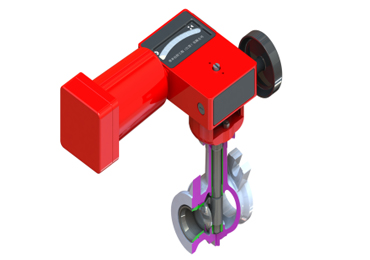
Pneumatic Rotary Valve
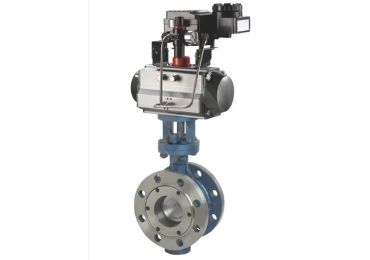
Pneumatic Control Butterfly Valve
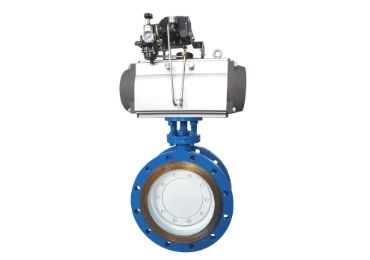
Pneumatic Metal Seal Butterfly Valve
BCST Your BEST Pneumatic Valve Supplier
BCST pneumatic valves bring numerous benefits. Their quick response, compact design, and durability suit demanding environments. Budget-friendly and reliable. They are robust and offer precise fluid control for high rates. And their electric power independence makes them versatile even in remote or hazardous areas. BCST pneumatic valves provide efficient, dependable, and adaptable solutions for fluid control needs.
Experience the complete pneumatic valve solution with BCST. Guaranteeing precision and reliability. Our technical expertise ensures a seamless journey. From initial design to final export. We begin with meticulous technical software calculations. With a dedicated team confirming CAD drawings for accuracy. Rigorous inspections. Including chemical analysis and mechanical assessments, validate our raw materials.
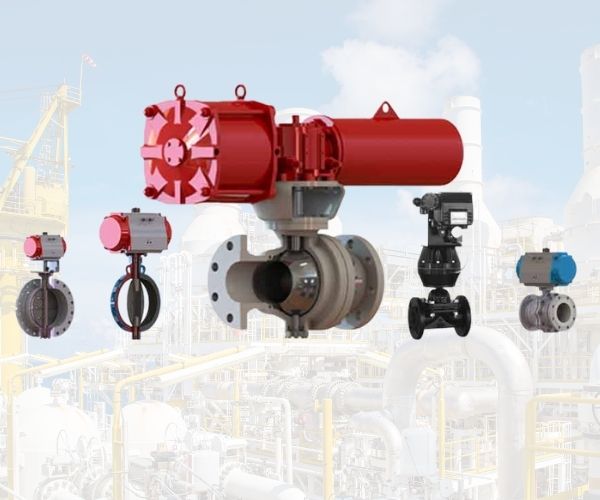
BCST Pneumatic Valve Quality Control
- Technical software caculation
- Technical team meeting
- CAD drawing confirmation
Assembly
- Installation
- Calibration
- Chemical Analysis
- Mechanical Propery
- dimension Checks
- Visual Checks
- Non-destruction Examination
Hydrostatic Test
- Shell test
- Sealing test
- Leakage test
- Air test
- Function test
- CNC machining
- Visual checks
- Dimensional checks
- Liquid penetration test
Outlook Treatment
- Surface Polish
- Painting
- Visual inspection
- Thickness checks
- Visual checks
- Liquid penetration
- Test
- Hardness test
- Lapping
- Dimensional checks
Packing
- Marking
- Exported wooden box
Get the Latest Catalogue Now!
BCST Pneumatic Valve Application
The manufacturing process involves thorough checks, non-destructive examinations, CNC machining, and liquid penetration tests. Even our spare parts undergo rigorous testing. Ensuring durability and quality. Our streamlined assembly includes precise installation, calibration, and a battery of tests for performance validity.
We focus on every detail. From polished outlook treatments to comprehensive visual inspections as well as thickness checks. Our commitment extends to safe packaging. As well as specialized wooden boxes for secure exports.
BCST is your ultimate destination for pneumatic valve solutions. Discover the BCST difference today.
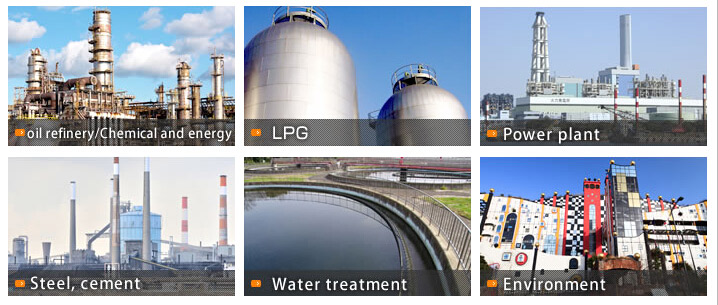
Pneumatic Valve -FAQ
What is pneumatic system?
A pneumatic system is a system that uses compressed air to power mechanical devices. A Pneumatic system has four important parts i.e., compressor, reservoir, pneumatic cylinder, and pneumatic valves.
Pneumatic systems work by using air pressure to power the devices. The air is compressed and then released through a port or nozzle, which powers the device. Pneumatic systems are reliable and efficient.
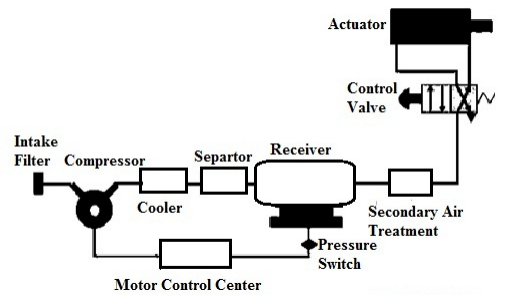
What is pneumatic valve?
A pneumatic valve is a type of valve t that uses compressed air to control or actuate the flow of air (another gas) in a pneumatic system. They are used to control the volume of air flowing into and out of the system.
They are often used to operate devices that are difficult or impossible to move using other methods, such as pneumatics for assembly lines. Pneumatic control systems use a number of devices to measure air pressure and temperature
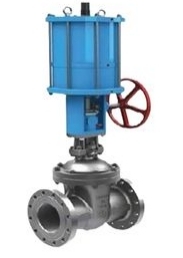
What is pneumatic solenoid valve?
A pneumatic solenoid valve is a type of valve that uses an electronically energized solenoid to control the movement of a plunger that actuates the valve. The solenoid is an electromechanical device that converts electrical energy into mechanical energy.
When the solenoid is energized, the plunger is pulled into the solenoid and opens the valve. When the solenoid is de-energized, the plunger falls back out of the solenoid and closes the valve.
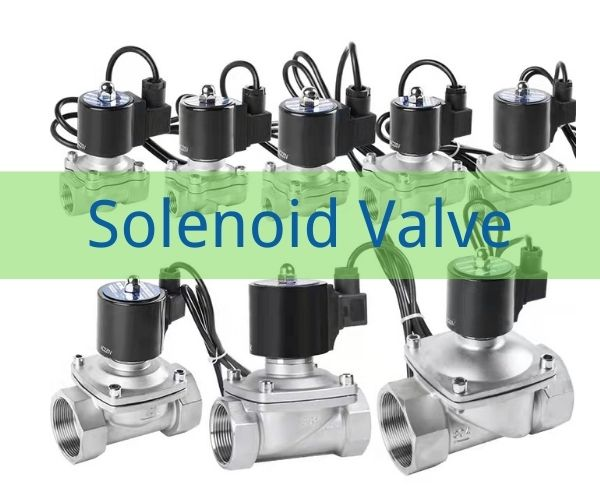
What is pneumatic solenoid valve usage?
BCST pneumatic solenoid valves are widely used in industrial applications to control fluid flow. They can be found in oil refineries, chemical plants, water treatment, sugar industry, textile mill, power plants, and other industrial settings.
How does a pneumatic valve work?
A pneumatic valve works by using compressed air to open and close a valve. The air pressure is used to push a piston in the valve, which opens or closes the valve. The air pressure can be regulated using a solenoid valve.
Why are pneumatic valves used?
BCST Pneumatic valves are used because they are less likely to fail than other types of valves. They are also easier to control than other types of valves. Pneumatic valves can be opened and closed by using air pressure. This makes them ideal for systems that need to be opened and closed quickly, such as airbags or water valves.
How many types of solenoid valves are there?
BCST manufactures Flange Solenoid Valve, Thread Solenoid Valve, Stainless Steel Solenoid Valve, High Pressure Solenoid Valve, Steam Solenoid Valve, Piston Solenoid Valve, Normal Close Solenoid Valve, Normal open solenoid valve, Pilot Solenoid Valve.
What are the types of pneumatic valves?
BCST manufactures Pneumatic Globe Control Valve, Pneumatic Rotary Control Valve, Pneumatic Angle Control Valve, Pneumatic Three Way Control Valve, Pneumatic Piston Control Valve, Pneumatic PTFE Control Valve, Pneumatic Butterfly Control Valve, Pneumatic Two Way Control Valve, Pneumatic Liner Control Valve, etc.
What are the differences between pneumatic valve types?
Pneumatic Three-Way Control Valve: suitable for a medium with a solid body such as slurry, etc
Pneumatic Piston Control Valve: regulates flow by linear movement with spherical body shape.
Pneumatic PTFE Control Valve: high accuracy flow control and simple design.
Pneumatic Butterfly Control Valve: economical selection with lower accuracy than others.
Pneumatic Two-Way Control Valve: suitable for erosive or viscous fluid.
Pneumatic Liner Control Valve: has three pipelines to mix or diverge the fluid service.
They all can be used to regulate the flow of air throughout a system, opening and closing dampers, locking doors, braking machine motions, etc.
Types of Directional Control Valves
Directional control valves can be classified into two main types: butterfly and ball-type. Butterfly valves have a movable piston that opens and closes the valve chamber, while ball-type directional control valves have two movable balls that open and close the valve chamber.
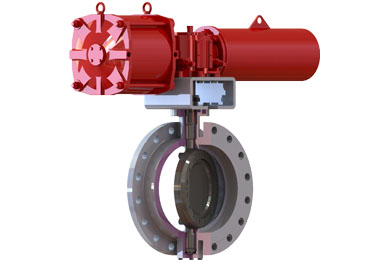
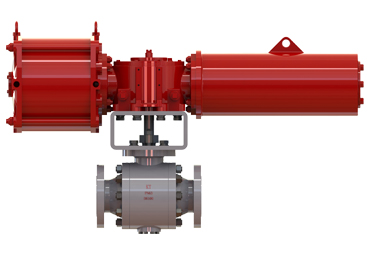
What are the Classifications of pneumatic valves?
2-way (2-port), 2-position
3-way (3-port), 2-position
4-way (5-port), 2-position
4-way (5-port), 3-position
What is 2-way pneumatic valve?
A 2-way pneumatic valve has two ports, one on each side of the valve, which allows air to flow in either direction. This type of valve can be used to control the flow of air in a system that is used for ventilation, pumping, or other purposes. 2-way pneumatic valves are also known as double-acting valves.
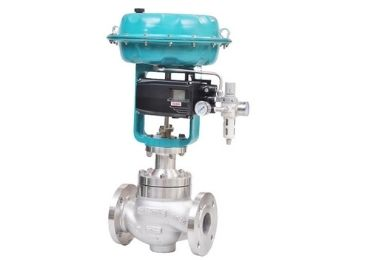
What is a 3-way pneumatic valve?
A 3-way pneumatic valve is a device that is used to control the flow of a compressed air or vacuum in a system. The three-way valve has three ports, which allow air or vacuum to flow in different directions.
3-way valves are often used in industrial settings, where they are needed to control the flow of compressed air or vacuum. 3-way pneumatic valves are available in both manual and automatic versions. Manual 3-way valves require someone to operate them, while automatic 3-way valves are operated by a computer or other automated system.
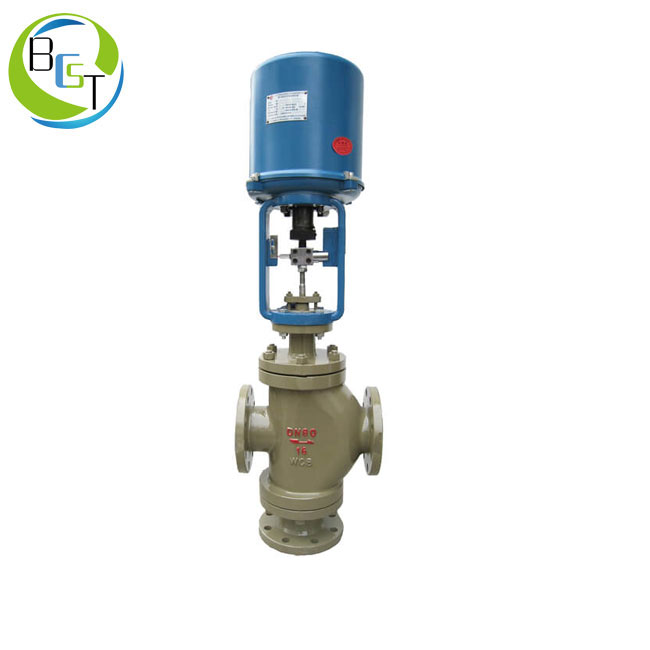
What is a 4-way pneumatic valve?
A 4-way pneumatic valve is a valve that controls the flow of air in a pneumatic system. The 4-way pneumatic valve has four ports, two for air in and two for air out. More flow paths helps it to easily reverse the motion of motor or cylinder. The 4-way pneumatic valve can be used in air conditioning, refrigeration, and vacuum systems.
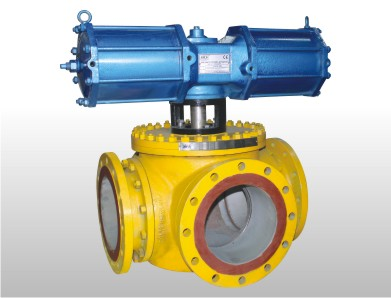
What is a 5/2 pneumatic valve?
A 5/2 pneumatic valve is a five port, two position valve that uses compressed air to actuate a piston or diaphragm in order to open or close a passageway. This type of valve is typically used in air conditioning and refrigeration systems, as well as other applications that require a high degree of precision and reliability.
This makes it an ideal choice for applications that need to deliver precise flows of air or liquids, such as fuel injectors or water pumps.
How do solenoid valves differ from pneumatic valves?
Pneumatic valves operate by actuators that require an air supply of 60 to 125 PSI. The solenoid valve is controlled by either an AC or DC current.
Solenoid valves are more common than pneumatic valves, but they have some disadvantages. Solenoid valves are usually more expensive than pneumatic valves, and they can be more difficult to operate. https://www.youtube.com/watch?v=-MLGr1_Fw0c
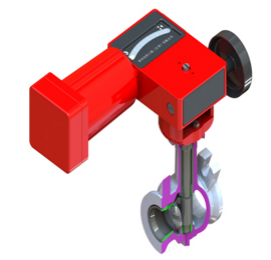
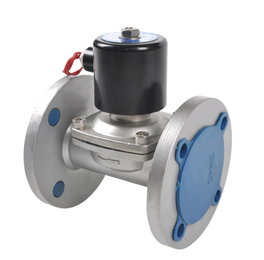
What is the function of pneumatic solenoid valve?
Pneumatic solenoid valve consists of a coil of wire that is wrapped around a magnetic core, with the coil having a variable resistance. When current is passed through the coil, it creates a magnetic field that affects the core’s resistance, which in turn controls the flow of liquid or gas.
Parts of Pneumatic Solenoid Valve
Core: When the coil generates magnetic field, the core is attracted to opens or closes the valve.
- Core Spring:returns the core to its initial place when the magnetic field is disconnected.
- Core Tube:acts as a soft magnetic core that expands the magnetic flux.
- Fixed Core:installed at the closed end of the core tube.
- Coil: a magnetic field is generated when a current is applied.
- Diaphragm:designed to contain the pressure of the fluid.
- Stem:As the core is attracted by the coil, the stem moves along with it actuating the valve.
- Disc: Stops the fluid flow when the valve is closed
- Seat: It is the orifice that is pushed against the disc when the valve is closed.
- Seals: isolates the solenoid assembly and the external environment.
- Body:holds the diaphragm, disc, seat, and valve ports.
- Bleed Orifice:enables the valve to use the line pressure to open or close the valve.
- Pilot Channel:For indirect acting solenoid valves, a pilot channel is included in the valve body.
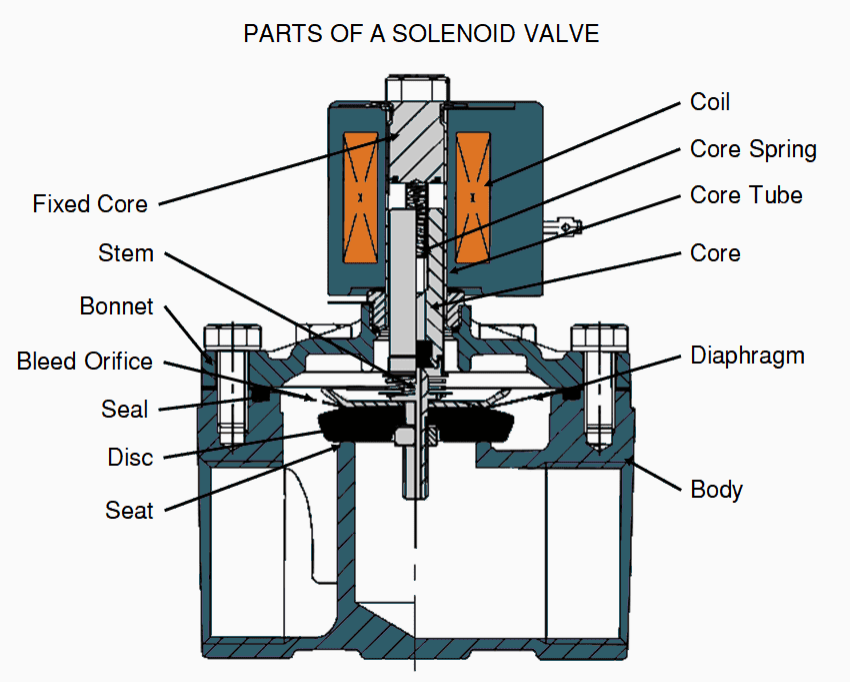
What type of fluid is used in pneumatic valve?
Commonly, two types of fluids i.e., compressed air and nitrogen are used in pneumatic valve systems.
What are pneumatic valves made of?
Pneumatic valves are usually constructed with alloys/mix of materials including steel, carbon steel, brass, etc. Moreover, PVC plastic, Nylon, and Acetal are also used in making industrial grade plastic pneumatic valves.
Compared to electric control valves, what are the advantages of pneumatic control valves?
- Pneumatic control valves are less expensive than motorized control valves.
- Pneumatic control valves are more reliable than motorized control valves.
- Pneumatic control valves are easier to operate than motorized control valves.
- Pneumatic control valves are easier to maintain than motorized control valves.
- Pneumatic control valves are more resistant to fouling than motorized control valves.
What is the pneumatic failure position of a control valve?
The valve should be set to start slightly below the minimum value of the air supply. When the control system starts losing sealed air, the air-lock valve automatically closes to lock the output signal pressure of the positioner in the diaphragm chamber of the pneumatic control valve.
This results in balanced output signal pressure against the reaction force generated by the control valve spring.
Can we use one solenoid valve for three pneumatic cylinders?
Technically, its possible but with some perks. The smaller cylinders usually operates first and the bigger ones will lag behind so you need to add flow controls for each cylinder and sync them with time.
Why do you need a 5/2 valve instead of a 4/2 valve in a pneumatic installation?
Even though they function the same, the 4/2-way pneumatic valve has four connection ports and two states. The difference between the two valve types is the number of exhaust ports:
- A 5/2-way pneumatic valve has two independent exhaust ports
- A 4/2-way valve has only one common exhaust port


How to read a pneumatic valve schematic?
Pneumatic control valves schematics can be identified by circuit symbols that provide thorough info. These symbols and diagrams show whether the flow paths are energized, the methods of actuation, the number of positions, the flow paths and the number of ports. https://www.youtube.com/watch?v=YppUetnI-6M
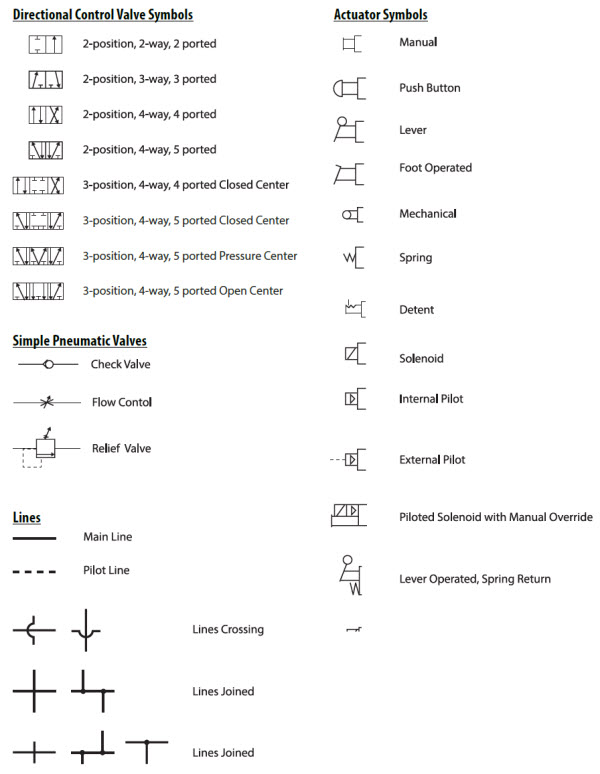
What happens if a pneumatic system leaks?
Leaking of gas or air in the pneumatic system causes it to lose pressure, work at lower efficiency rate and most probably less output. Moreover, it reduces the lifespan of equipment and causes more wear and tear if not fixed.
What is a pneumatic valve positioner?
A pneumatic valve positioner is a device that is used to automatically control the position of a pneumatic valve stem with reference to the signal received from controller. Pneumatic valve positioners typically use sensors to detect the position of the valve.
This allows the valve to stay in a predetermined position, which can improve process accuracy.
Pneumatic valve positioners are typically powered by an electric motor. They can be controlled using computer software or hardware controllers.
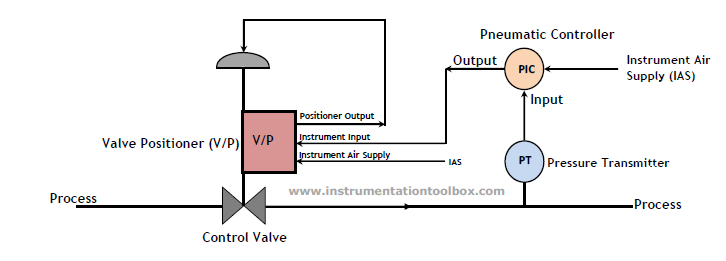
What's the Disadvantages of pneumatic valve?
- They require a constant air pressure to function properly and can be damaged by moisture or dirt in the air supply.
- Can be costly to maintain and require special training to operate.
- Are not as reliable as traditional valves in the event of a malfunction.
- Overall, pneumatic valves are an option for certain applications, but they should be used with caution due to their limitations.
What are control elements used in valves?
- Poppet
- Spool
- Piston
- Diaphragm
- Sliding plates
Pneumatic valve air consumption
The air consumption can be calculated by Cubic Feet per Minute (CFM) formula i.e., CFM = [(2*A – R) x S x C] / 1728
A = Piston Area in
R= Rod Area
S = Stroke
C = Cycles per Minute
Are there really any advantages and disadvantages to using an air actuator rather than a solenoid?
There are pros and cons to using either type of actuator. Air actuation is simpler and can be cheaper, but it can also be less reliable. Solenoid actuators are more reliable, but can be more complicated to use. Overall, it depends on the application and what is most important to the user.
Solenoids wouldn’t work without wires and electrical switches. There are special shielding devices, but this only reduces the risk of sparks causing a fire. When using an air drive, all that is required is a 3-way air pilot valve and pipework. This means that there is no risk of sparks, fire or explosion at all.


